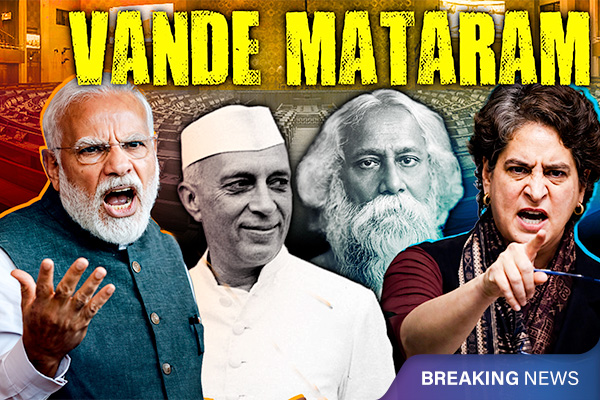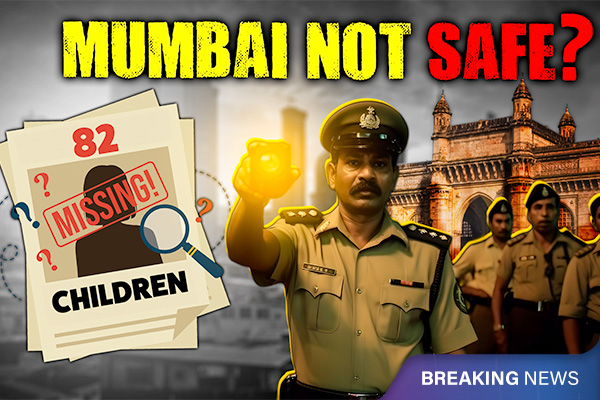India Blocks Imports from Bangladesh — Here's Why
India has restricted land-route imports from Bangladesh, including clothes, snacks, drinks, and furniture. This move affects $770 million in trade.
India has suddenly placed restrictions on several goods coming from Bangladesh, though it has not completely banned imports. The government has stopped certain items from entering through land ports, which are official border points where goods and people can travel between the two countries.
From now on, these goods will only be allowed into India through major seaports like Kolkata and Nhava Sheva, not through land borders in the northeast.
The restricted items include ready-made garments, packaged snacks and drinks, furniture, plastic products, and cotton waste and yarn. This is a big move because Bangladesh is the world’s second-largest exporter of garments, supplying clothes to big brands like H&M, Zara, and Uniqlo. Many of these products earlier entered India through land routes.
This new rule is expected to affect more than $770 million worth of trade, which is about 42% of all imports India gets from Bangladesh.
While Bangladesh may suffer from this, Indian textile companies are celebrating. Businesses like Siyaram Silk and Kitex Garments saw their stock prices rise, and experts say Indian companies could benefit by ?1,000–?2,000 crore.
There are a few possible reasons behind this sudden move. Recently, Bangladesh stopped some Indian exports like rice and yarn. Also, tensions are rising with Bangladesh’s new leadership, and its closer ties with China may have upset India. Some experts believe India’s move is a silent warning to bring trade relations back into balance.
This change may also affect everyday people. Imported clothes and goods may become 2–3% more expensive, and small traders who relied on faster land routes will now face higher transport costs and delays, as shipping by sea takes more time.
So far, Bangladesh has not officially responded, but reports say the country is concerned. In India, businesses in border states like Tripura have shown support for the move. Still, experts warn that if this situation continues, it could damage trade ties between the two countries.
This is more than just a trade story. It shows how politics, economy, and international relations are all connected. India is using trade policy not only to support its local industries but also to send a message on the global stage.







